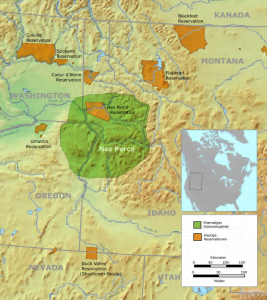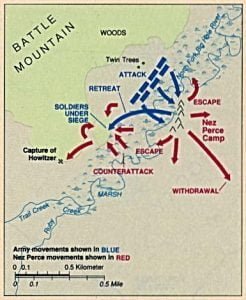The sacred beliefs of these Indians are largely formulated and expressed in sayings and narratives having some resemblance to the legends of European peoples. There are available large collections of these tales and myths from the Blackfoot, Crow, Nez Perce, Assiniboin, Gros Ventre, Arapaho, Arikara, Pawnee, Omaha, Northern Shoshoni, and less complete series from the Dakota, Cheyenne, and Ute. In these will be found much curious and interesting information. Each tribe in this area has its own individual beliefs and sacred myths, yet many have much in common, the distribution of the various incidents therein forming one of the important … Read more







